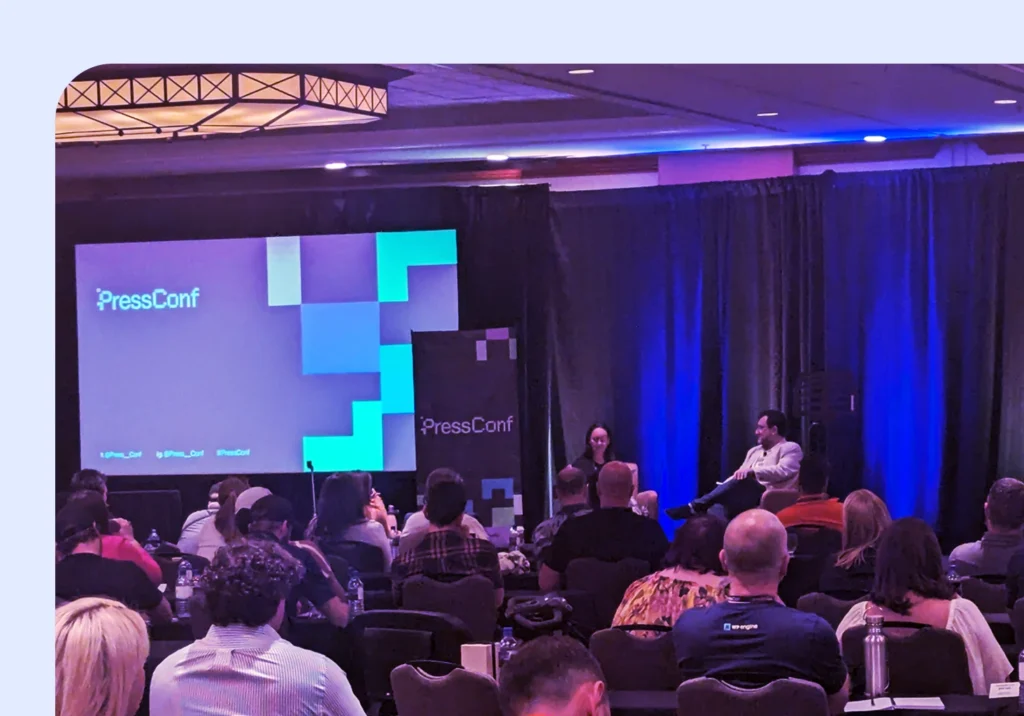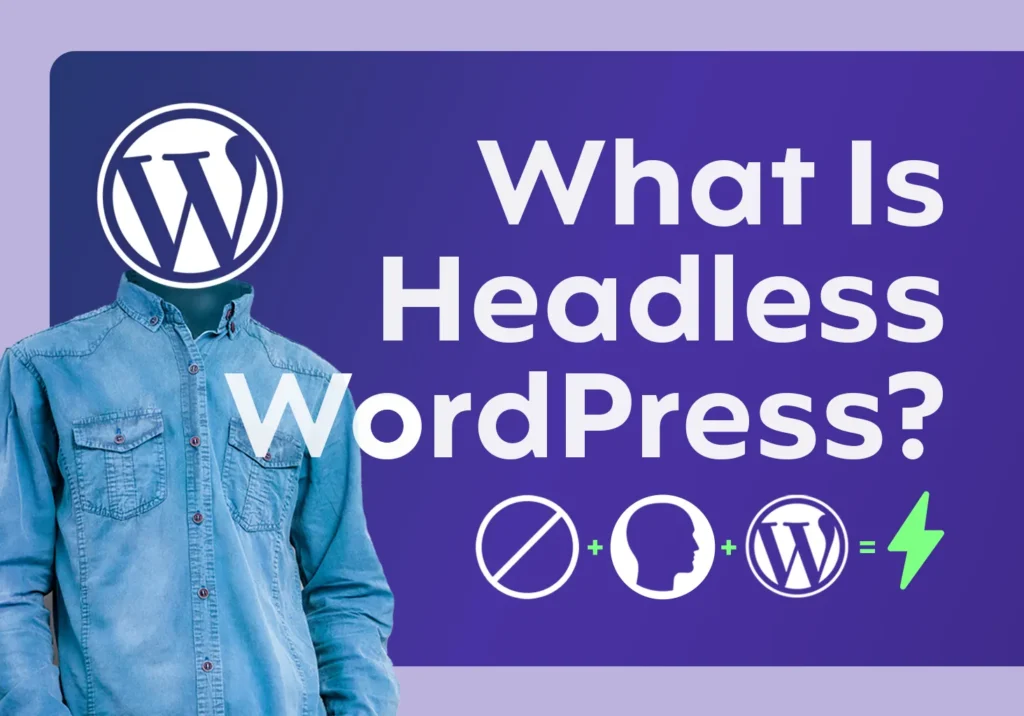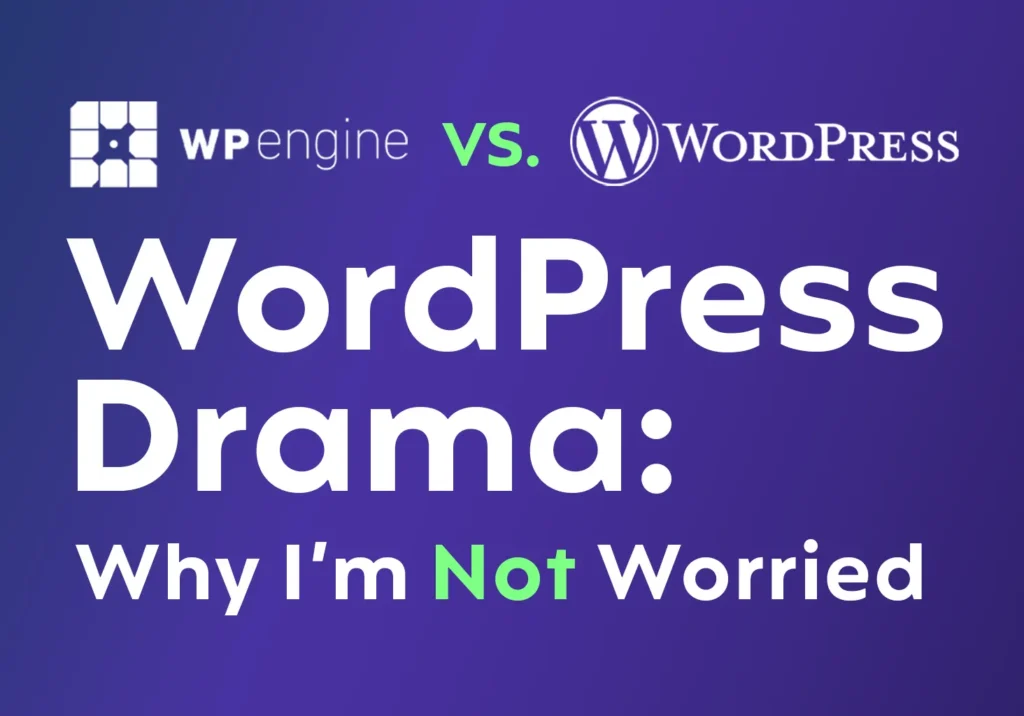If you’re leading a large organization or enterprise, you’ve probably heard that WordPress can’t handle your enterprise-grade needs for a website. While this might be today’s conventional wisdom, hundreds of thousands of users across Georgia’s Department of Education digital platforms might challenge that outdated belief.
When Dr. Keith Osburn, CIO of Georgia’s Department of Education, and I presented on stage at WordCamp US 2024, we set out to bust this old myth. We showed how WordPress is already powering enterprise-grade websites serving hundreds of thousands of users across Georgia’s school system. And it’s doing it while offering substantial cost advantages versus many proprietary platforms.
Here’s what we’ve been building by pushing WordPress beyond its supposed limits.
How It Started: From Training Site to Statewide Initiative
How did I end up on stage with Georgia’s Associate Superintendent? It started during the pandemic, when GaDOE needed a remote training platform for bus drivers who couldn’t recertify in person. Their initial WordPress setup worked pretty well until traffic overloads started crashing the site. After attending an Atlanta WordPress Meetup session where I talked about WordPress hosting, Dr. Osburn reached out for help with his website speed and traffic issues.
As Keith and I also talked about on the WP Tavern podcast, that first conversation evolved into something much bigger. Georgia’s education system serves 1.8 million students, 300,000 staff, and over 2,500 schools. Some districts serve 200,000 students. Others have fewer than 200. We needed WordPress to scale in both directions: support localized control, and handle high traffic without hurting site performance.
What started as an emergency fix has grown into three custom WordPress projects that have simplified how Georgia’s education system operates. I’ll quickly walk through each one.
The Problem – GaDOE needed a remote training platform for bus drivers who couldn’t recertify their licenses in person. Their initial WordPress setup worked until thousands of users tried to log in at once. After attending a local WordPress meetup, Keith reached out.
Project 1: The Community Platform Connecting Teachers Statewide
The first major WordPress platform we launched was a private community site for Georgia educators. It now hosts 88,000 active users and grows by about 500 new users every week. Think Facebook-style functionality, but in a secure, private environment tailored for Georgia’s schools. It’s like their very own super secure sandbox.
The collaborative element was key to building what users needed most. By working closely with curriculum specialists and administrators, we learned that teachers in rural districts often felt isolated, particularly around lesson planning and classroom management. Those insights shaped more intentional design decisions. Now, the single fifth-grade math teacher in a small town can connect with hundreds of peers across Georgia who teach the same subject and grade level.
Making WordPress work at this scale required some creative solutions:
- Custom infrastructure: When the site first launched, CPU usage immediately hit 100%. We split MySQL off to its own server as a quick fix that bought us breathing room.
- Mobile-first approach: We built everything responsive and eventually added a React Native mobile app using WordPress's REST API earlier this year.
- Cloud scalability: Our Azure infrastructure is built to handle traffic surges – what I call the "Oprah moment" when thousands hit the site at once after an announcement.
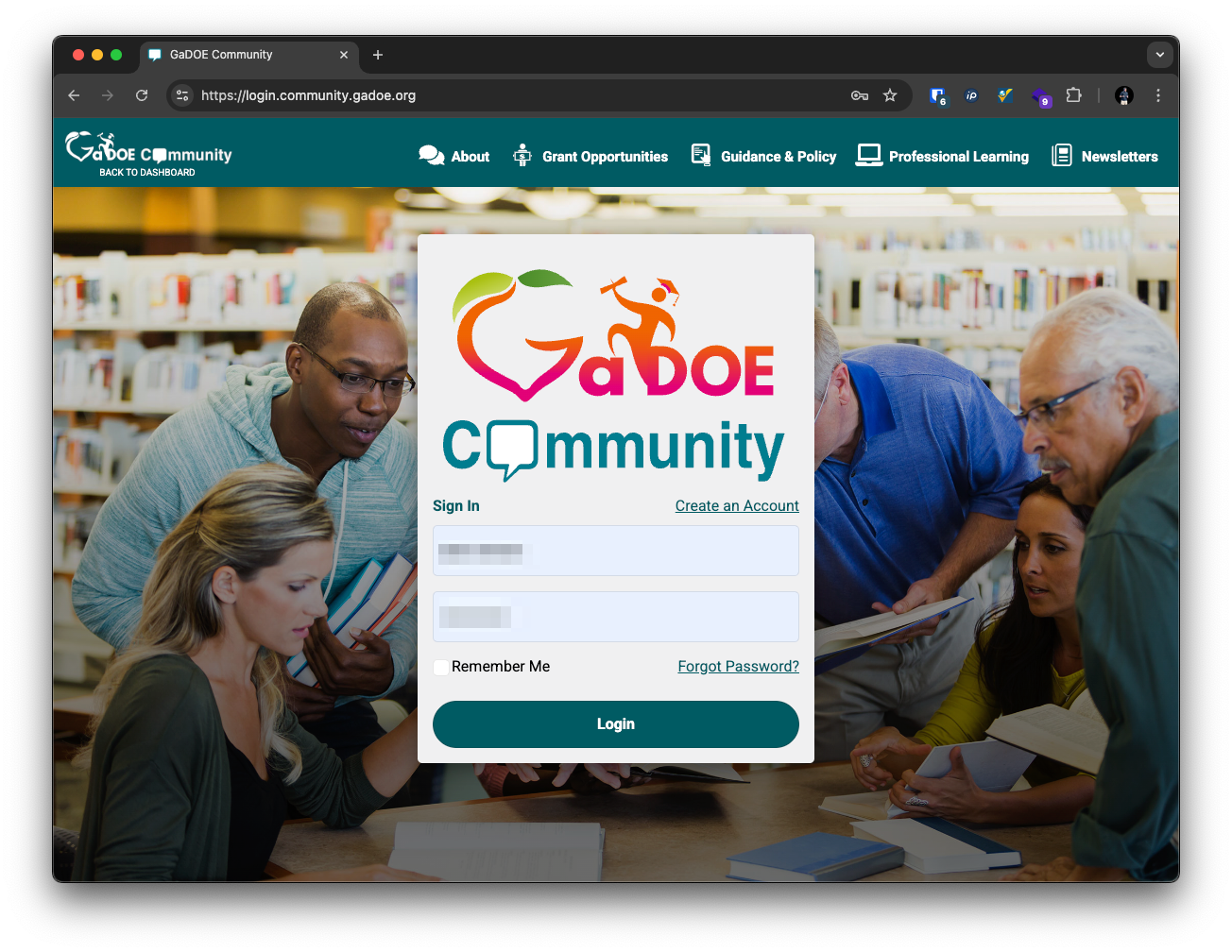
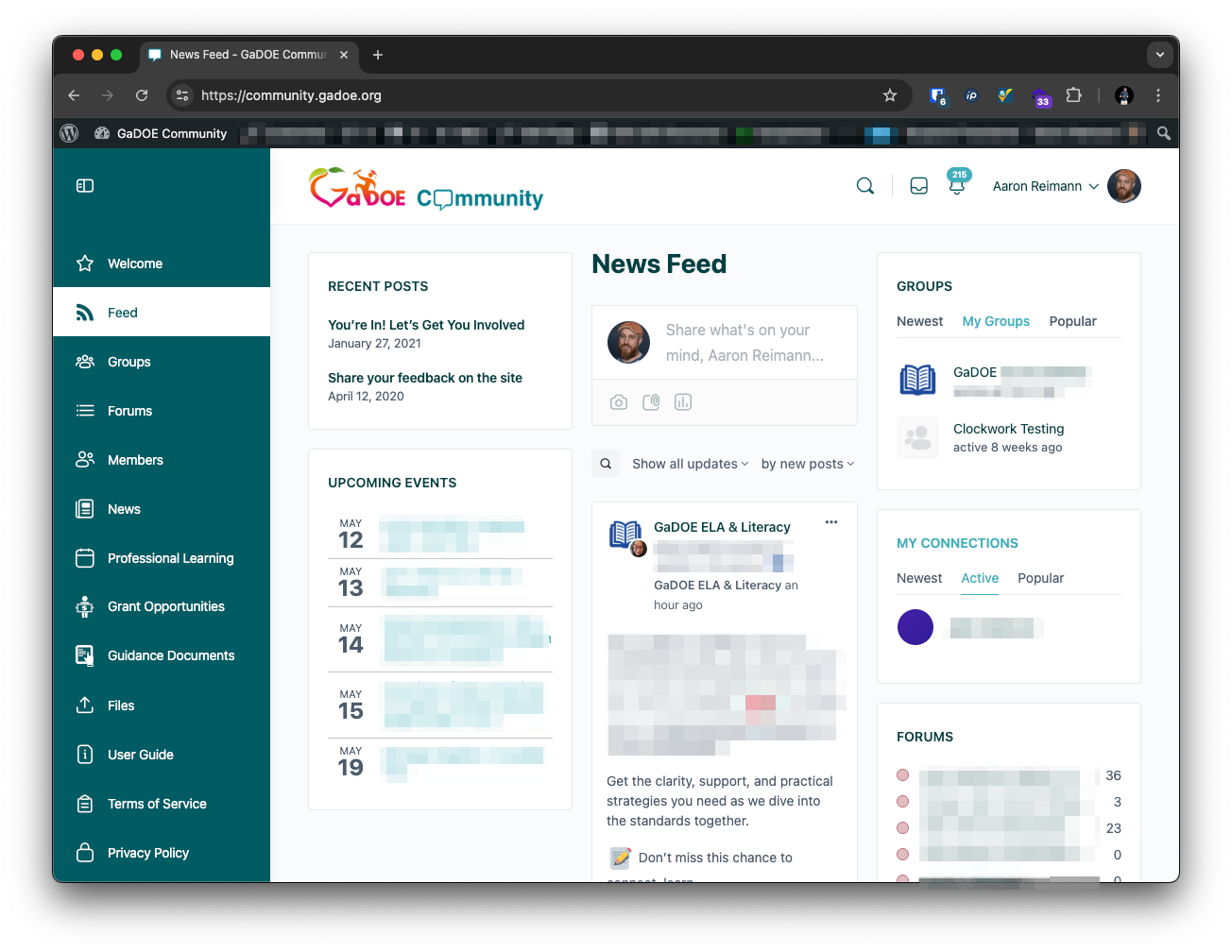
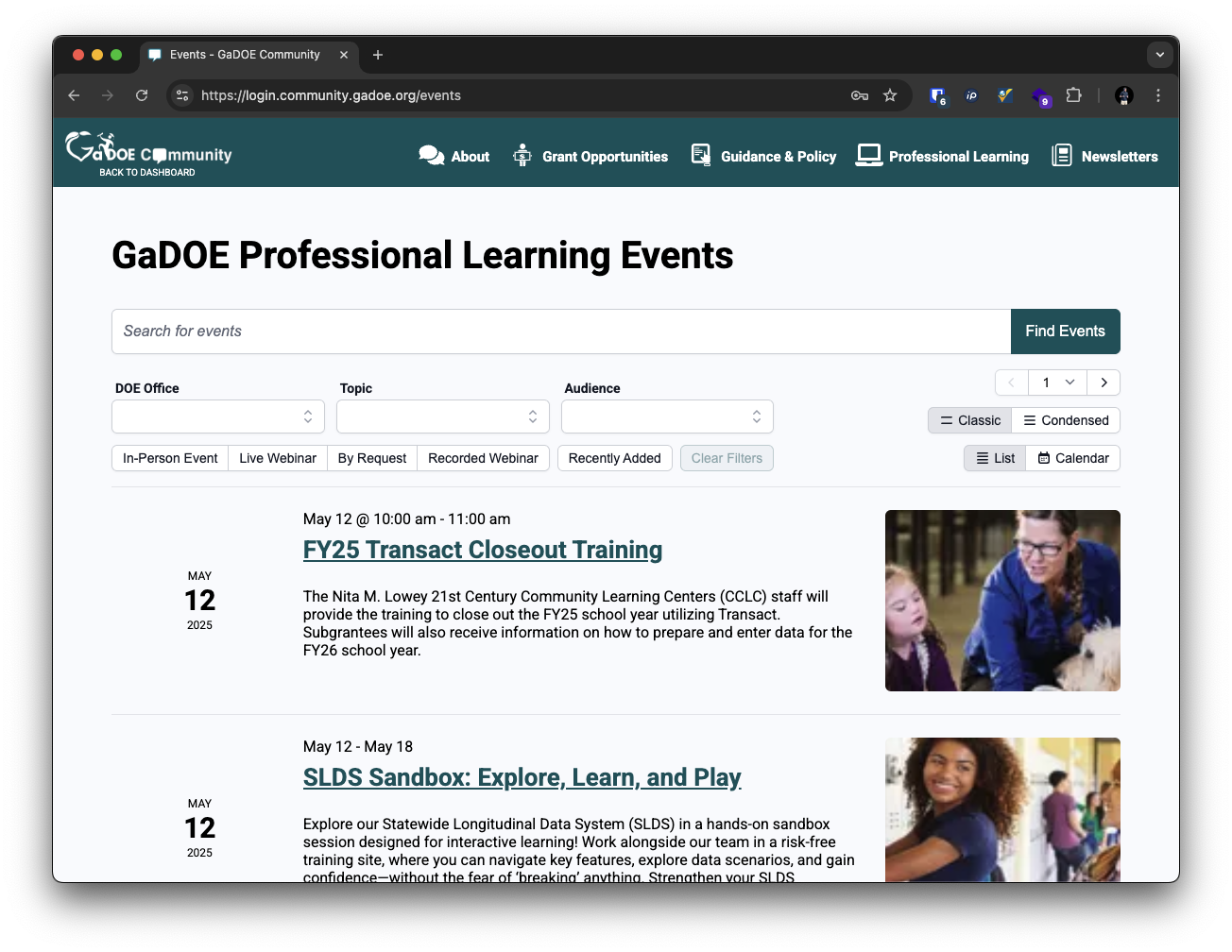
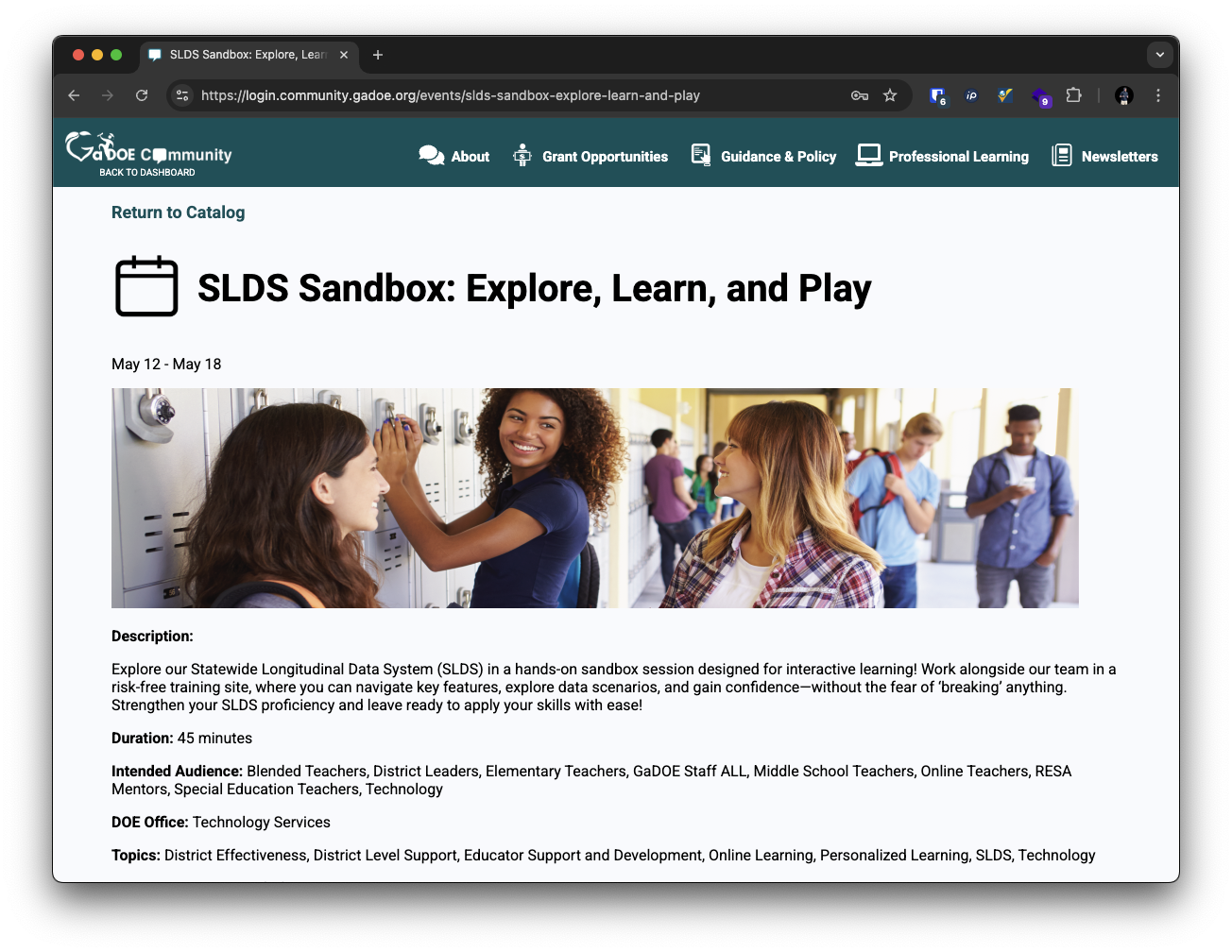
Project 2: The Culinary Hub Revolutionizing School Meals
After Community’s success, we tackled another challenge: how could 2,500 school cafeterias across Georgia easily share standardized recipes and meal plans?
The Culinary Hub we built includes a one-of-a-kind Menu Matrix tool that cafeteria staff use to create weekly menus and access standardized recipes. Before this, nutrition staff spent hours manually planning menus and calculating nutritional values. Now they can create complete meal plans in minutes while always sticking to proper nutrition standards set by the state of GA.
What’s remarkable is that nothing like this existed before as a free resource. We built it using first-hand user feedback and WordPress with custom post types, proving again that this platform can solve enterprise problems that commercial solutions haven’t even tried to tackle yet.
No-Code Required: Custom Post Types on WordPress
- What: Custom Post Types let us create specialized content formats in WordPress (like recipes) with their own unique fields and organization.
- Why: For the Culinary Hub, we built a Recipe post type that organizes ingredients, nutrition facts, and preparation methods in a standardized format.
- Benefit: Non-technical staff can easily input complex information or even create new pages through simple forms while maintaining consistency across thousands of entries.
Project 3: Headless WordPress for Future-Proof Design
Our latest collaboration takes things one step further with a headless WordPress architecture for their main website rebuild. As I wrote in our recent article on expanding beyond WordPress, this approach separates the content management (backend) from how that content is displayed (frontend), giving GaDOE incredible flexibility for the future.
Performance was a key factor in this decision. Their previous site had been around for over a decade and was bogged down with thousands of pages that loaded slowly. With our headless setup, pages load nearly instantaneously because we pre-fetch content as users hover over links. This creates a seamless, app-like experience even for complex educational content served during millions of page views monthly.
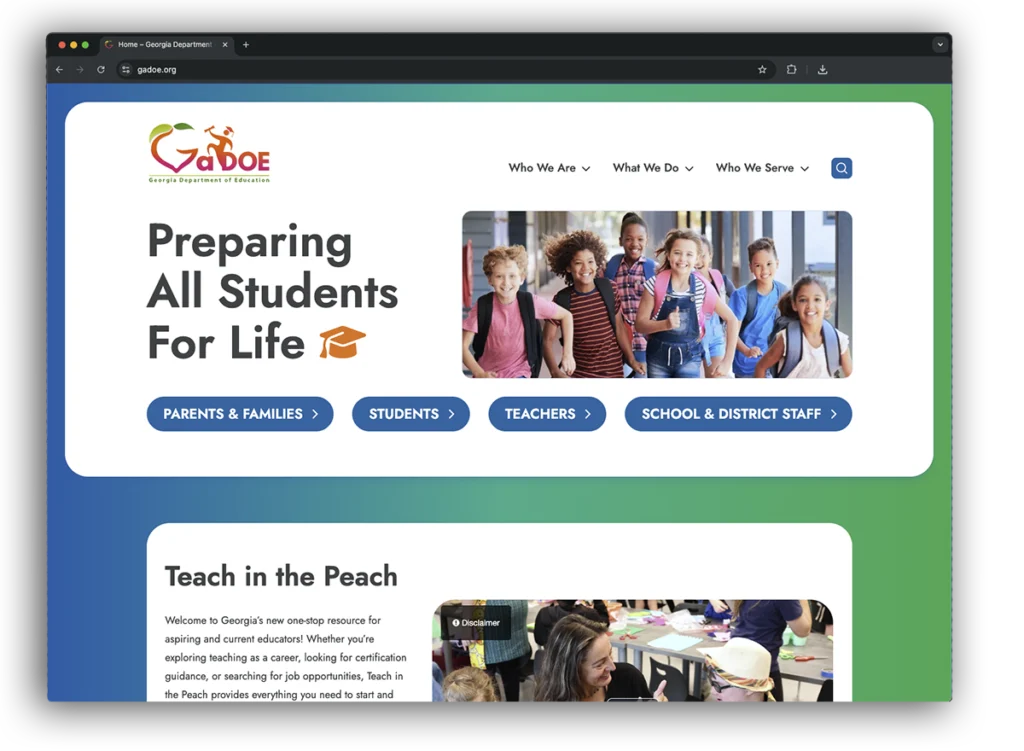
We’re using WordPress as the CMS backend with Next.js and GraphQL powering the frontend. This architecture gives their content team the familiar WordPress interface they already know while delivering lightning-fast performance.
Better yet, when frontend technology inevitably changes in 5-10 years, they can replace just that layer without touching their content repository. They wanted to truly future-proof their investment, and the headless setup offers that freedom.
When Custom WordPress Development Makes Business Sense
A huge number of developers seem to think WordPress can only handle brochure websites or basic blogs. They assume when you need to serve tens of thousands (or more) of users with complex functionality, you should abandon WordPress for a “real” enterprise solution.
These assumptions cost larger organizations a lot of money in licensing fees for proprietary platforms – money that could be better spent elsewhere.
Looking at these three projects, we can identify key takeaways for when custom WordPress development makes sense for larger organizations:
- Enterprise-level user base: All three platforms serve thousands of users simultaneously without performance issues.
- Unique functionality requirements: The Menu Matrix didn't exist elsewhere – we had to build it.
- Long-term sustainability: The headless approach ensures the main site can evolve for another decade.
- Cost efficiency: As Keith noted on our podcast appearance, these WordPress solutions provide excellent value compared to many (if not most) proprietary alternatives.
Each of these projects demonstrates that with the right expertise, WordPress can tackle enterprise challenges that many developers wrongly assume are beyond its capabilities.
The Hidden Cost of "WordPress Can't Handle That"
The conventional wisdom is that enterprise organizations need proprietary platforms made from scratch. Our work with Georgia’s Department of Education proves that WordPress can scale to serve hundreds of thousands of users with complex, custom functionality.
If your organization is concerned about future flexibility, our headless WordPress approach offers the perfect compromise. While it comes with a higher cost than our standard custom WordPress websites, you get WordPress’s powerful content management on the backend with complete freedom to evolve your frontend layer as technology changes.
That’s why we’re expanding what’s possible when you need more than WordPress straight out of the box. If standard WordPress solutions aren’t cutting it for you, let’s talk about what will.


